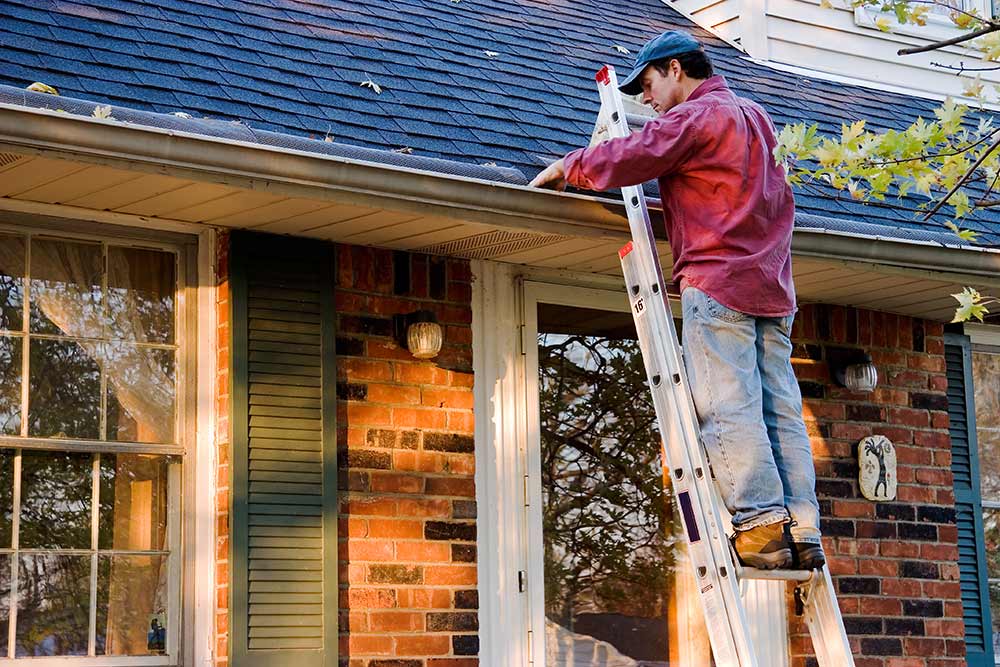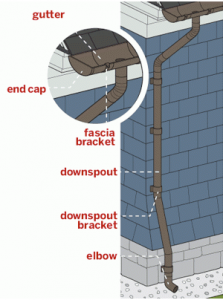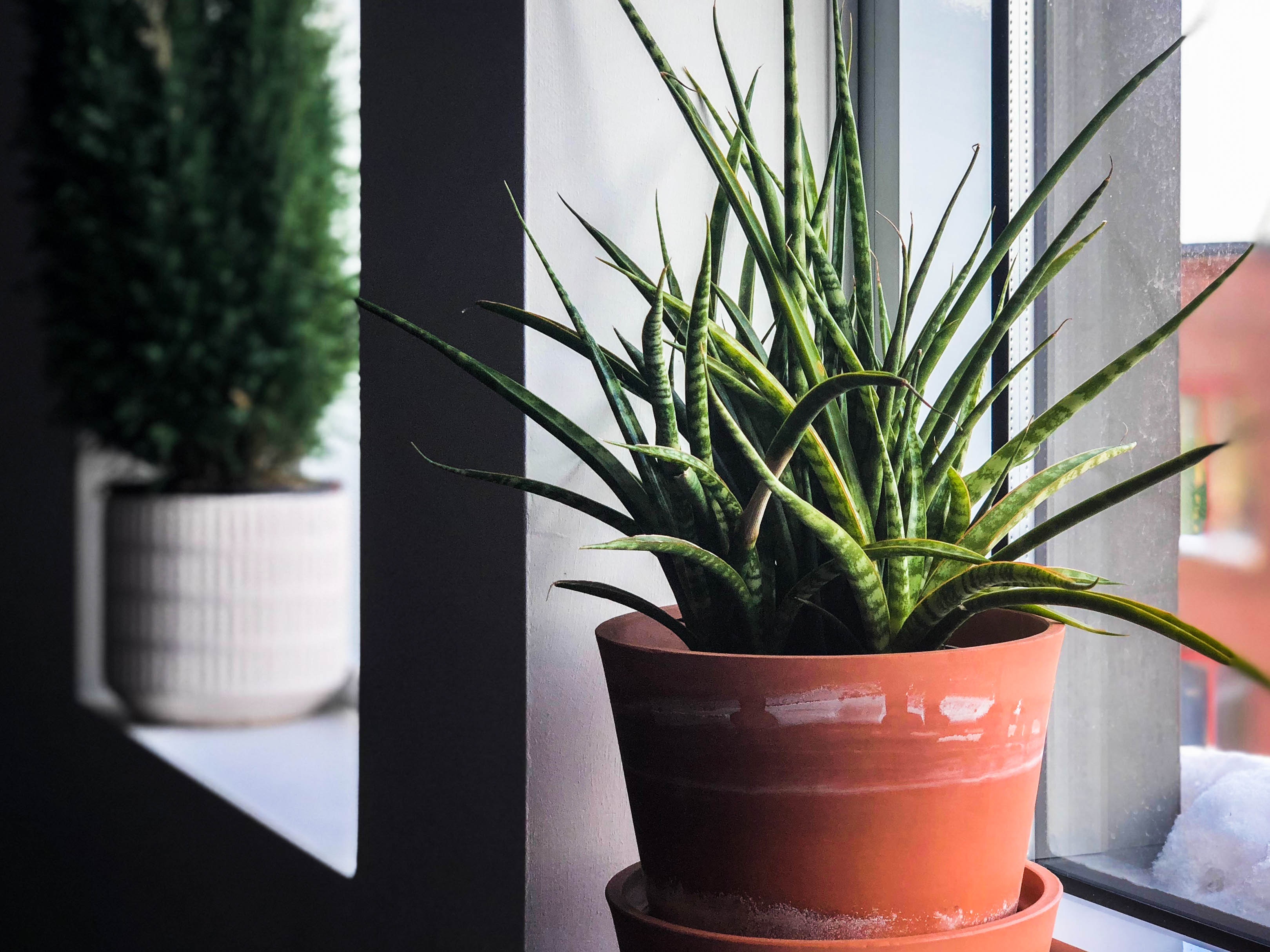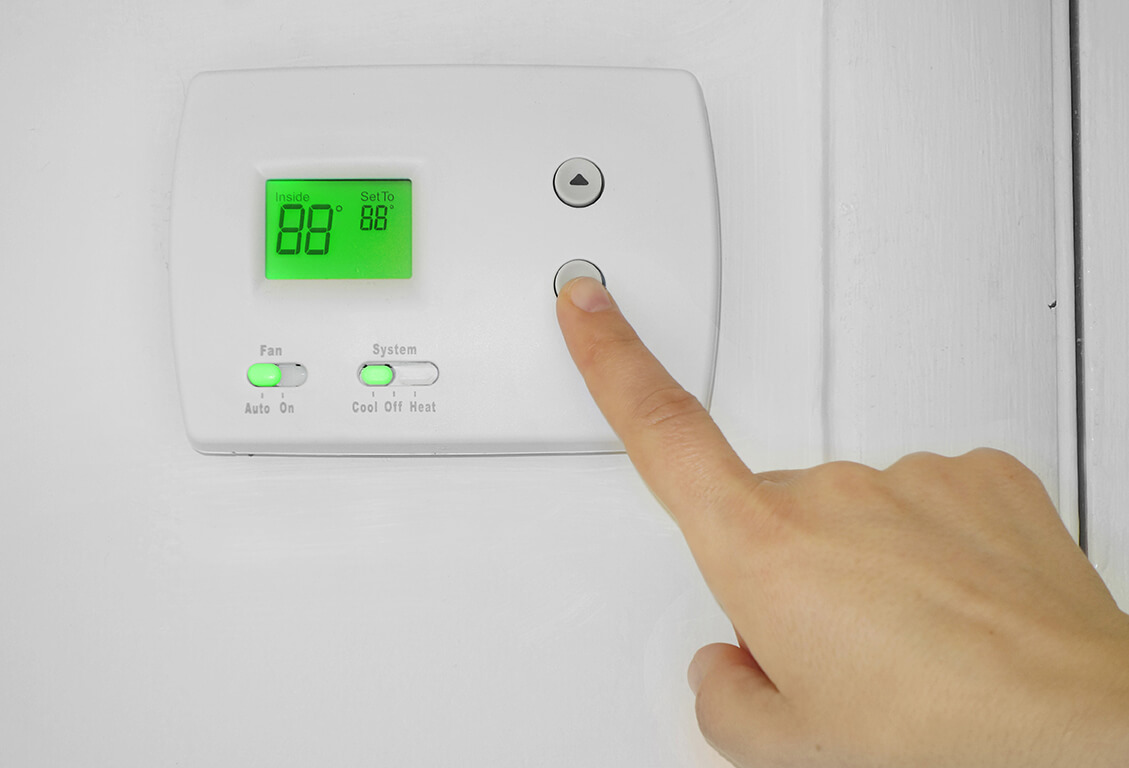
ALL ABOUT GUTTERS
Everything you need to know to maintain these unsung heroes of roof-water management
An inch of rainfall doesn’t sound like much. But when it falls on an average-size roof, it adds up to a 1,900-gallon torrent sluicing off the eaves. That’s an awful lot of water that can cause an awful lot of damage if your gutters aren’t up to the task of controlling it. Yet we barely give gutters a second thought until they’re clogged and overflowing, or ripped from their moorings by ice and snow.
So now that fall’s here, it’s time to take notice. Maybe a simple cleaning is all your gutters need, or maybe they need to be replaced altogether.
If you’re starting fresh, there is a veritable deluge of shapes, sizes, and materials to choose from. Aside from pricey, maintenance-heavy wood troughs and short-lived vinyl ones, the best option for most of us is metal—elegant copper, understated zinc, rugged steel, or affordable aluminum. Metal gutters are durable and need relatively little care.

Gutter: Captures water shedding off roof.
End cap: Closes end of gutter.
Fascia bracket: Attaches to eaves; supports gutters from below.
Downspout: Conveys water from gutter to ground. Also known as a leader.
Downspout bracket: Secures downspout to side of house.
Elbow: Changes direction of downspout.
Gutter Upkeep
One way or another, debris will find its way into your gutters, and someone—you or a gutter service—will have to climb a ladder and clean them out. Here are some basic tricks of the trade to make the job easier.
Use a standoff. It lets you rest a ladder on the roof, preventing gutter scratches and dents and increasing ladder stability.
Stay on the ladder. Falls are more likely if you work from the roof.
Protect your hands. Wear gloves and use a gutter scoop.
Start at the downspout. You’ll give standing water a way out.
Check the elbows. If clogged, use a forceful spray from a hose to open them up. Otherwise, take them apart, drilling out any rivets, then reassemble the pieces with short, stainless-steel sheet-metal screws.
Flush. Once gutters are clean and downspouts are reattached, hose them down to make sure they’re draining as they should.
Check the brackets or hangers. Tighten, relocate, or replace hardware if it’s loose or if
water accumulates in low spots.
Seal leaks. When the gutter is dry, fill small holes and seams from the inside using a butyl-based gutter caulk. Scrape away old caulk and clean the surface before applying the new stuff.
Pro advice: One good way to prevent clogs is to fit your gutters with big downspouts, either 4-inch round or 3-by-4-inch rectangular. Bigger downspouts also allow a gutter to handle more runoff without overflowing.
—Tom Silva, TOH general contractor



